
Have you ever thought about how the food you eat turns into energy? That’s where the alimentary canal comes in - it’s basically your body’s own food highway. From the moment food enters your mouth to when waste leaves your body, this amazing system makes sure every bite is used efficiently.
It includes important parts like the stomach, small intestine, and large intestine, plus several other organs and enzymes that work together to keep digestion smooth.
In this blog, we will let you know what the alimentary canal is, its main parts, how it works, and why it’s so important all in a student-friendly way.
The alimentary canal is basically the main pathway through which food travels in our body. It’s a long, muscular tube that starts from the mouth and ends at the anus, designed to break food down into nutrients your body can use and then remove waste you don’t need.
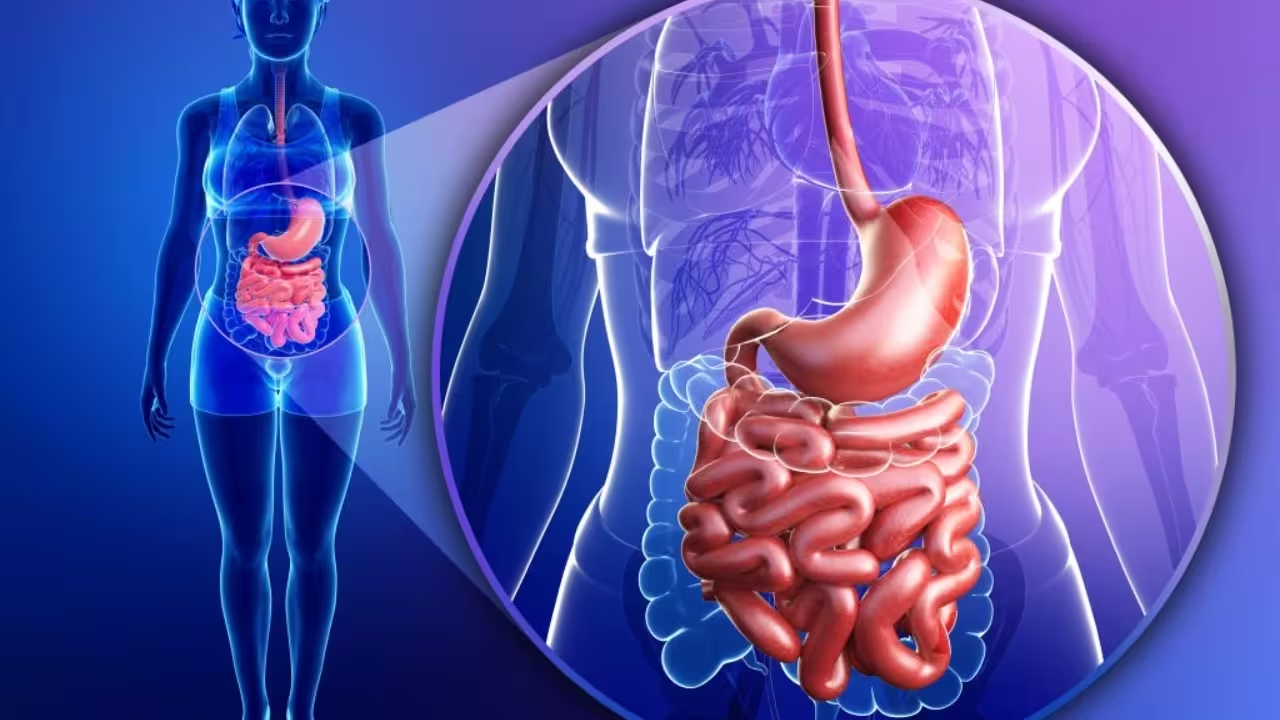
Think of it like a well-organized food-processing line -where each part of the canal has its own job. The canal isn’t just about digestion; it’s about absorbing nutrients, sending them into your bloodstream, and making sure waste leaves your body smoothly.
Here’s what makes the alimentary canal special:
In short, the alimentary canal is your body’s digestive superhighway - moving food along, breaking it down, and keeping you nourished.
Think of the alimentary canal as your body’s ultimate food processing line. It starts the moment you take a bite and ends when your body gets rid of waste. Each part has a special job to make sure food turns into nutrients your body can actually use. Let’s break it down.
.avif)
This is where digestion kicks off. Food enters here, gets chewed by teeth, and mixed with saliva. Saliva isn’t just wetness - it contains enzymes like amylase that start breaking down starch. The tongue helps mix the food and push it toward the next stage.
The pharynx is basically a crossroads. It connects your mouth to the oesophagus and makes sure food goes the right way while keeping it away from the airway.
The oesophagus is like a muscular food chute, about 25 cm long. It uses a squeezing motion called peristalsis to push food toward the stomach. No gravity needed - it works even if you’re upside down!
The stomach is where food gets a real makeover. It’s a J-shaped muscular sac that stores and churns food with gastric juices. These juices contain stomach enzymes like pepsin that break proteins into smaller pieces. The result is a semi-liquid paste called chyme, ready for the small intestine.
The small intestine is where most digestion and absorption happens. It’s the longest part of the alimentary canal, measuring around 6 - 7 meters! It has three parts:
This is where the magic of the small intestine function happens - turning digested food into energy and nutrients.
The large intestine (about 1.5 meters long) is mainly about water absorption and turning food into solid waste. It includes: cecum, colon, rectum, and anus. Its job is essential: keeping your body hydrated and making stools (function large intestines).
Finally, the anus is the exit point of the alimentary canal. Controlled by muscles, it makes sure waste leaves your body at the right time.
Okay, so the alimentary canal does most of the digestion work - but it doesn’t do it alone. Some other organs help by releasing juices, enzymes, and bile that make food breakdown easier. These are called accessory organs of digestion. Let’s meet them:
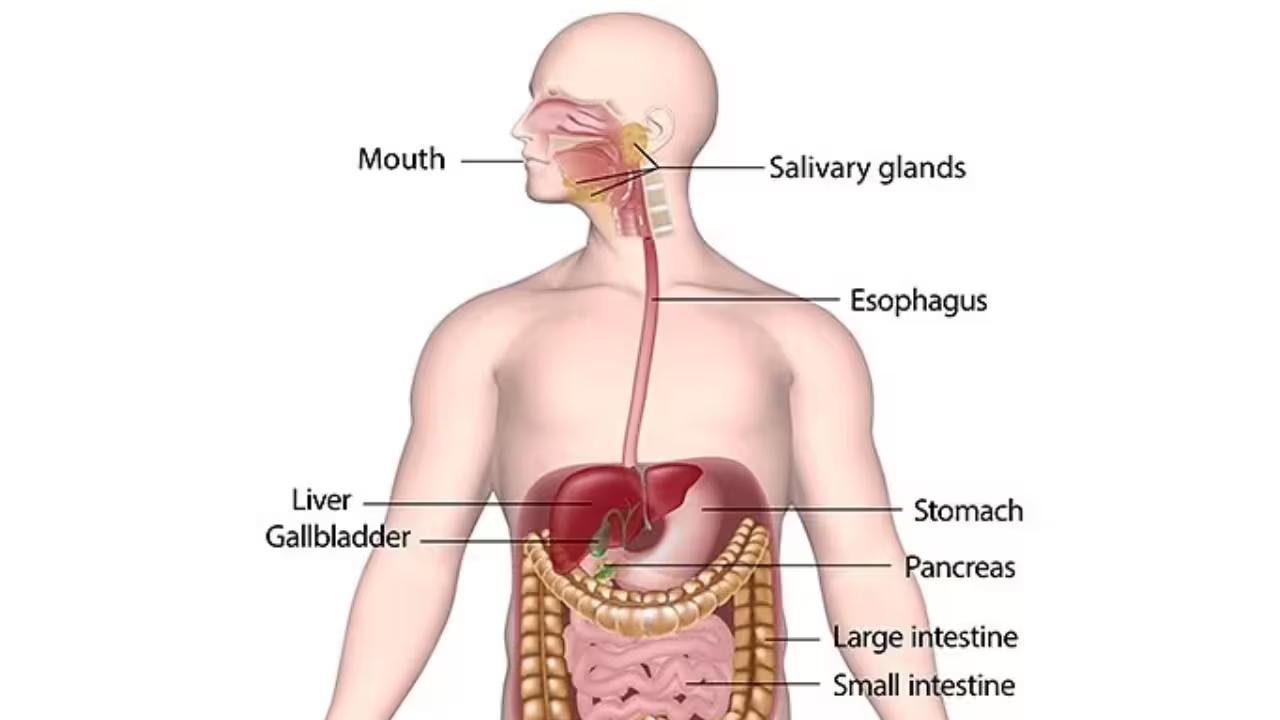
When you cut across the alimentary canal like the stomach or intestines, you’ll notice it’s not just a simple tube - it’s made of four main layers, each with its own special job. Let’s break it down like an anatomy pro.
.avif)
Think of mucosa as the “active surface” where digestion and absorption actually happen.
Let's look at how your gut muscles keep it moving - this is where the muscularis layer comes into play.
Without this muscular action, food would just sit still in your bowel - and digestion wouldn’t work at all.
The four layers of the alimentary canal - mucosa, submucosa, muscularis, and serosa - work together to digest, absorb, and move food efficiently through the small intestine and large intestine.
The alimentary canal is full of chemical action - every part releases specific digestive enzymes and secretions that help break food into absorbable nutrients. Let’s go through them step-by-step.
.avif)
Let’s see how each organ adds its own enzymes and secretions to make digestion happen.
Remember: Digestion starts in the mouth - saliva softens food and starch breakdown begins here.
The stomach’s gastric juice (with pepsin, rennin & HCl) digests proteins and turns food into chyme.
The stomach is basically a muscular acid chamber - it mixes food into a semi-liquid called chyme.
Pancreatic, intestinal juices & bile complete digestion - breaking proteins, fats, and sugars for absorption.
Reminder: Most digestion actually finishes here - the small intestine is the main site for enzyme action and nutrient absorption.
Every step in digestion depends on these enzymes and secretions - from salivary amylase in the mouth to pancreatic lipase in the small bowel intestine. Together, they ensure food is broken down, absorbed, and ready to fuel your body.
Once food enters your alimentary canal, it doesn’t just slide down by gravity - it’s actually pushed and mixed by a rhythmic muscle movement called peristalsis. Think of it as the canal’s own wave system: smooth muscles contract and relax in sequence to move food forward through your oesophagus, stomach, small intestine, and large intestine.
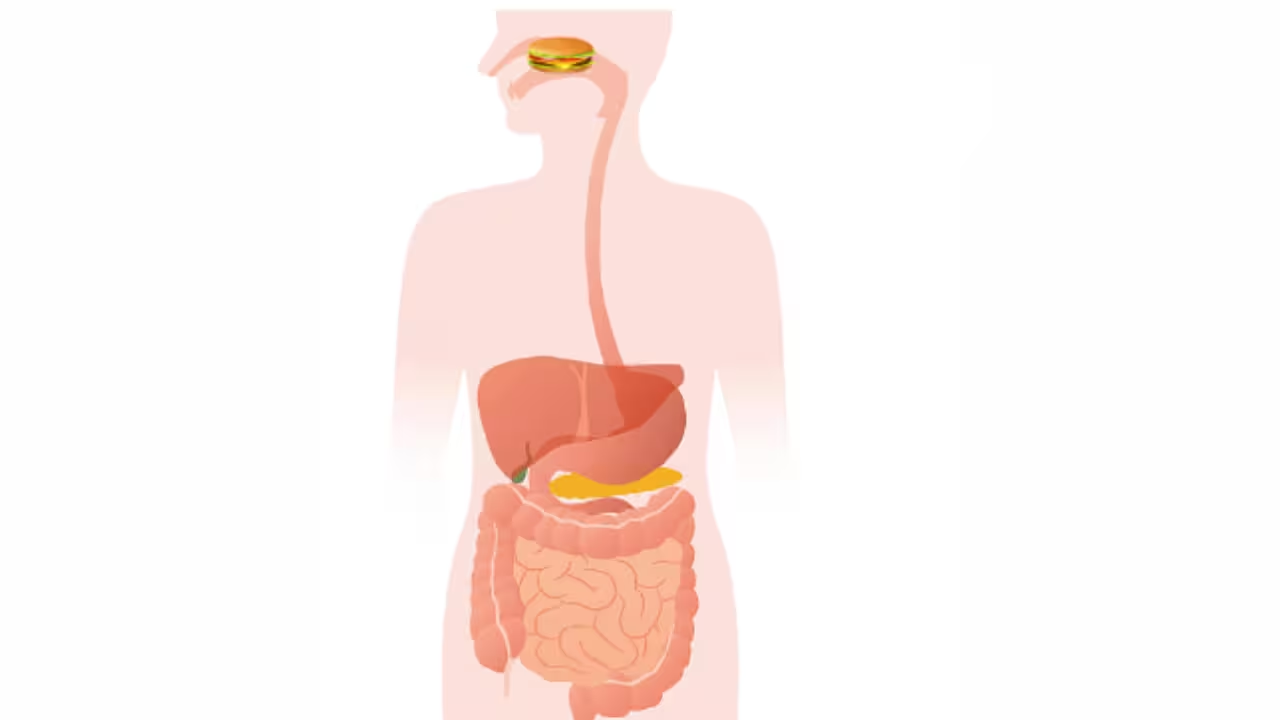
1. Mouth to Esophagus:
2. Esophagus to Stomach:
3. Inside the Stomach:
4. In the Small Intestine:
5. In the Large Intestine:
Peristalsis is the reason food doesn’t just sit still - it’s a continuous, coordinated muscle movement that keeps everything flowing smoothly through your stomach, small intestine, and large intestine till digestion is complete.
Your alimentary canal works nonstop - digesting, absorbing, and pushing food along. To keep up with this, it needs a steady blood supply and nerve control. Think of it like a power-plus-control system: blood provides fuel and oxygen, while nerves coordinate all movements.
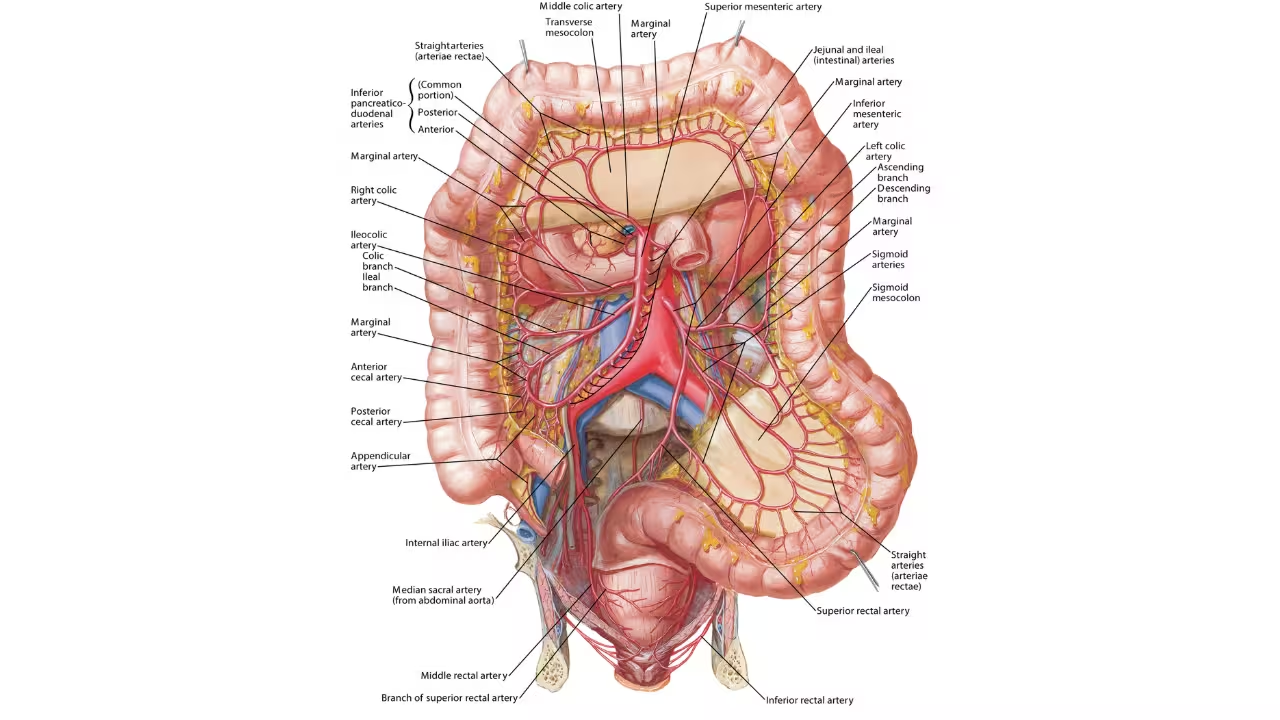
Each part of the canal gets its blood from major branches of the aorta:
After digestion, blood from the stomach and intestines doesn’t go straight back to the heart - it first passes through the hepatic portal vein to the liver, where nutrients are processed and toxins are filtered. This is called the hepatic portal circulation.
Your digestive tract also has its own nerve network known as the enteric nervous system - often called the brain of the gut.
The blood supply powers the digestive system, while the nerve supply keeps everything coordinated. Together, they ensure smooth and efficient digestion from start to finish.
When it comes to the alimentary canal, not every animal is built the same. Herbivores (plant-eaters) and carnivores (meat-eaters) have different digestive system designs because their diets demand different ways of processing food. Let’s break this down clearly:
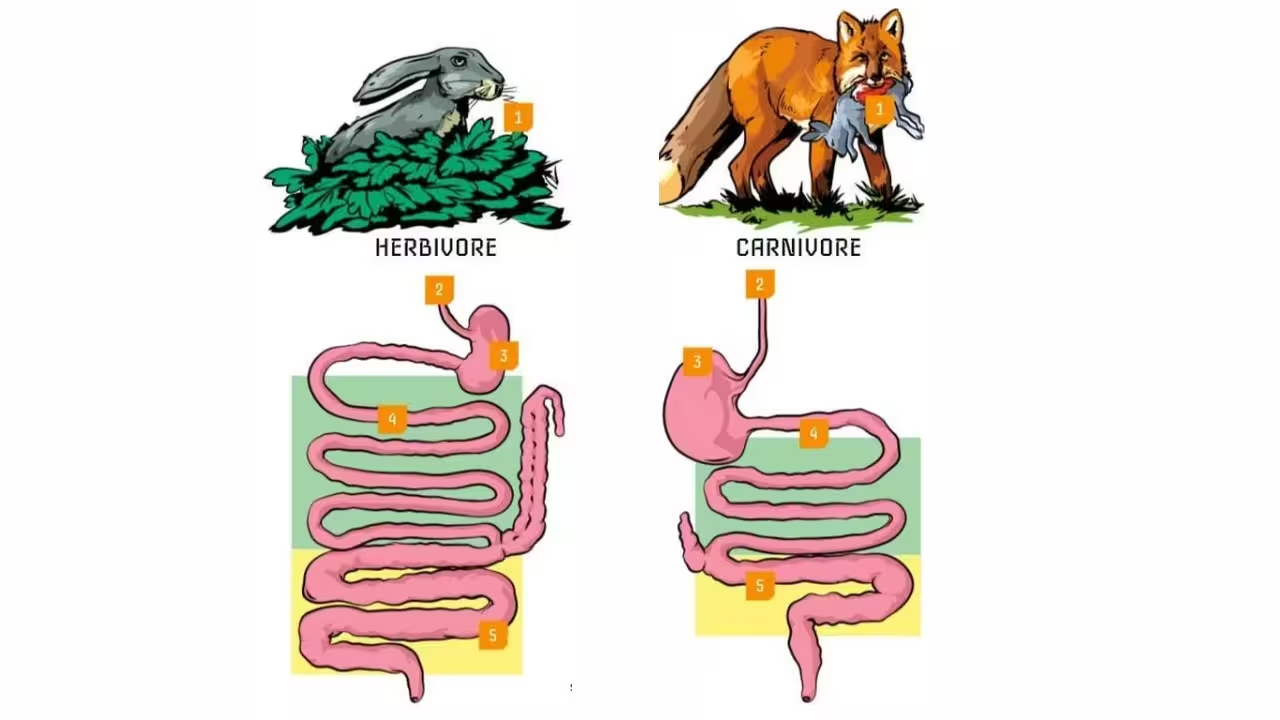
The differences in stomach, small intestine, and large intestine anatomy are perfect examples of how the body adapts to diet. It’s basically nature’s engineering at work - designing organs according to what you eat.
The alimentary canal is vital for digestion, but like any system in the body, it can face problems. Here are some common disorders related to its anatomy and functioning:
.avif)
Inflammation of the stomach lining, often caused by infection, excessive alcohol, or spicy food. It affects the stomach’s ability to produce enzymes and acids properly.
When stomach acid flows back into the oesophagus, causing heartburn and irritation. This can happen if the lower oesophageal sphincter weakens.
Slow movement of waste through the large intestine (bowel large intestine) can lead to difficulty in bowel movements. This may happen due to low fiber intake, dehydration, or weak intestinal muscles.
Rapid movement of food through the small bowel intestine reduces nutrient and water absorption, causing loose stools. Often caused by infection or digestive enzyme problems.
Sores in the lining of the stomach or duodenum caused by excess acid or bacterial infection. They can cause pain and digestive discomfort.
A functional disorder affecting the large intestine, causing cramping, pain, bloating, and altered bowel habits without visible damage.
An autoimmune disorder where gluten damages the lining of the small intestine, reducing nutrient absorption and causing digestive distress.
Knowing these disorders makes it easier to see how the alimentary canal works. For example, if the small intestine isn’t working well, your body can’t absorb nutrients properly. If the large intestine has a problem, water absorption and stool formation get affected.

Q1. What is the alimentary canal and why is it important?
Ans. Think of the alimentary canal as your body’s food highway - a long tube that runs from your mouth all the way to your anus. It’s where food travels, gets broken down, nutrients get absorbed, and waste is pushed out.
Every part has a role, from chewing in the mouth to absorbing nutrients in the intestines. Without it, your body wouldn’t get the fuel it needs to work.
Key Points to Know:
Q2. What are the main parts of the alimentary canal?
Ans. The alimentary canal is a chain of organs that food passes through, each with its own job. It starts at the mouth, goes down the oesophagus, into the stomach, passes through the small intestine, moves to the large intestine, and ends at the anus. Each section helps process food step-by-step so the body can get what it needs.
Quick Breakdown:
Q3. What is the function of the alimentary canal in the human body?
Ans. The alimentary canal is basically your body’s digestion system in action. It breaks down food into nutrients your body can use, absorbs those nutrients, and gets rid of the rest as waste. Without it, you wouldn’t be able to extract energy or build new cells.
Function Highlights:
Q4. How does food move through the alimentary canal?
Ans. Food moves along your alimentary canal thanks to something called peristalsis - wave-like muscle contractions that push food forward. This movement happens automatically and keeps digestion going without you even thinking about it.
Key Facts:
Q5. What is the difference between the small and large intestine?
Ans. Both the small and large intestine are part of the alimentary canal, but they have different roles. The small intestine is the nutrient absorber - it takes food nutrients into the blood. The large intestine mainly absorbs water and prepares waste for removal.
Key Differences:
Q6. How long is the human alimentary canal?
Ans. On average, the human alimentary canal is about 9 meters long - that’s roughly the length of a small car! Most of it comes from the small intestine, which is long to give your body enough time to digest food and absorb nutrients properly.
Quick Facts:
Q7. What organs are considered accessory to the alimentary canal?
Ans. Accessory organs don’t carry food, but they are key to digestion. They include:
Key Points:These organs release substances that help break down food and absorb nutrients effectively.
Q8. What role does the stomach play in digestion?
Ans. The stomach is like your food mixer - it churns food and mixes it with gastric juices to form a semi-liquid substance called chyme. It produces stomach enzymes and acid to start protein digestion before sending the food to the small intestine.
Stomach Highlights:
Q9. What are common diseases of the alimentary canal?
Ans. Problems in the alimentary canal can mess with digestion and health. Some common disorders are:
Key Notes:These conditions show why a healthy alimentary canal is vital for digestion and nutrient absorption.
Q10. What is peristalsis and why is it important?
Ans. Peristalsis is the natural, wave-like muscle movement that pushes food through your alimentary canal. It keeps digestion going smoothly without extra effort from you. Without it, food would just sit still and digestion wouldn’t happen properly.
Key Highlights: